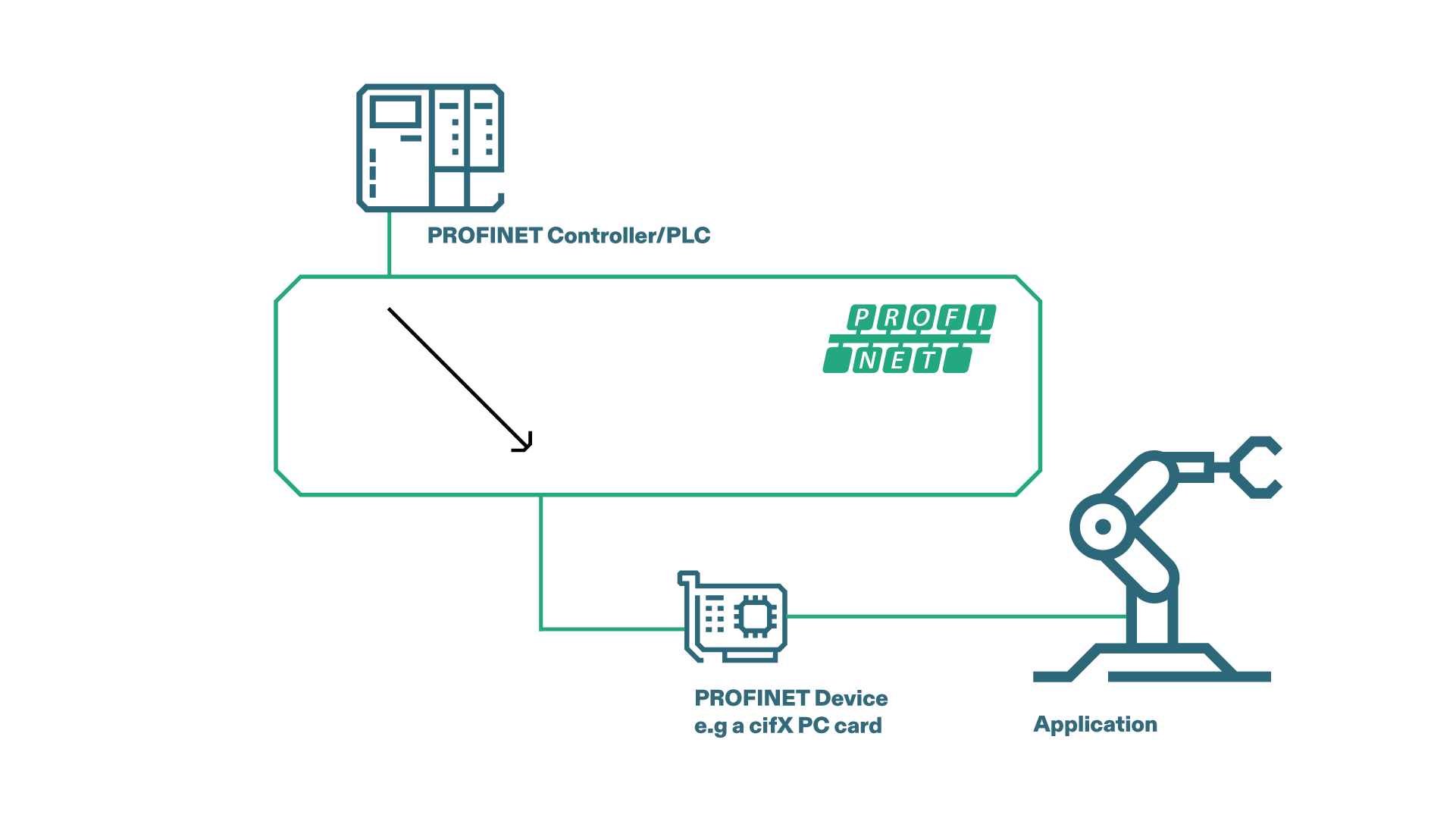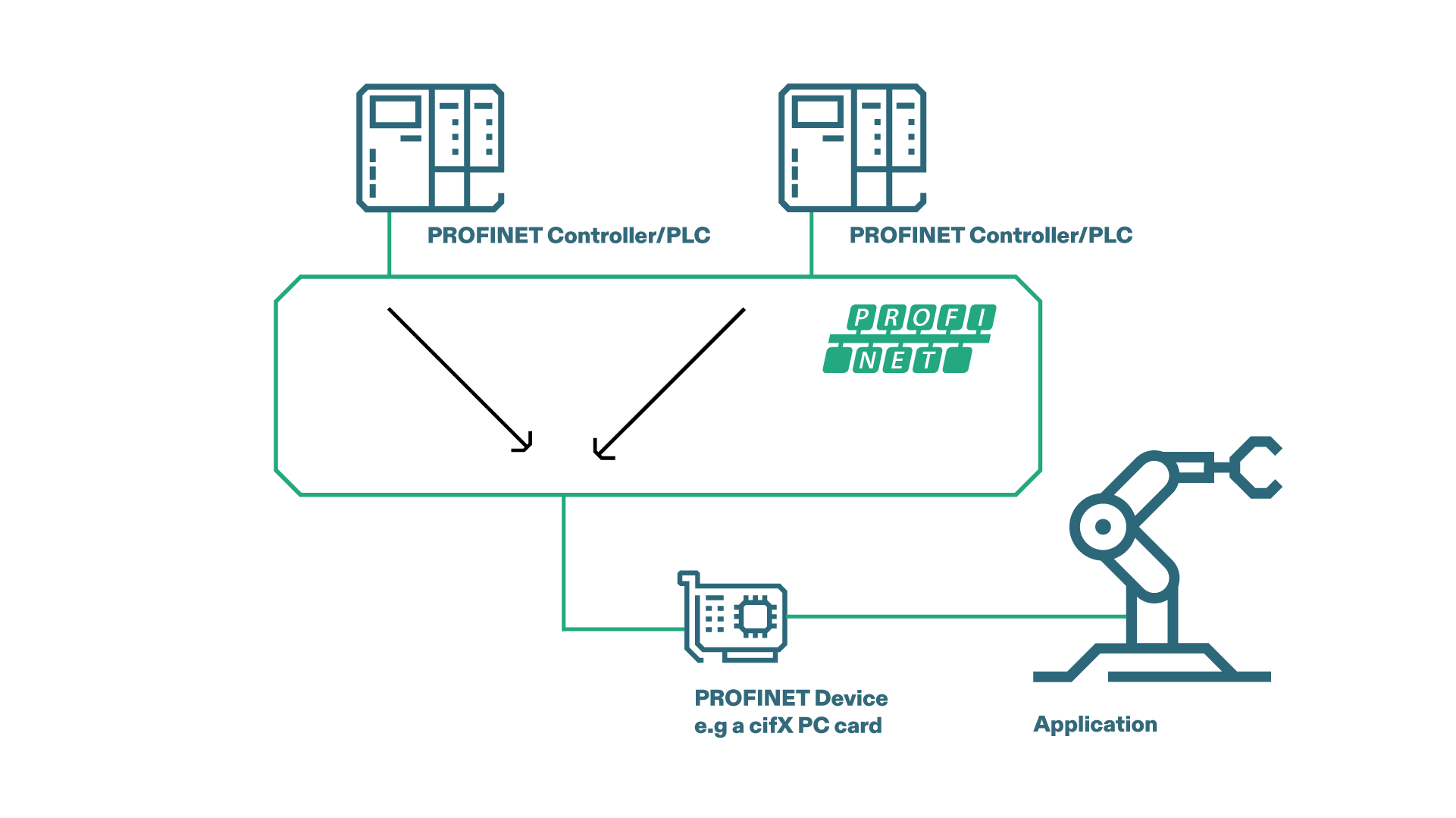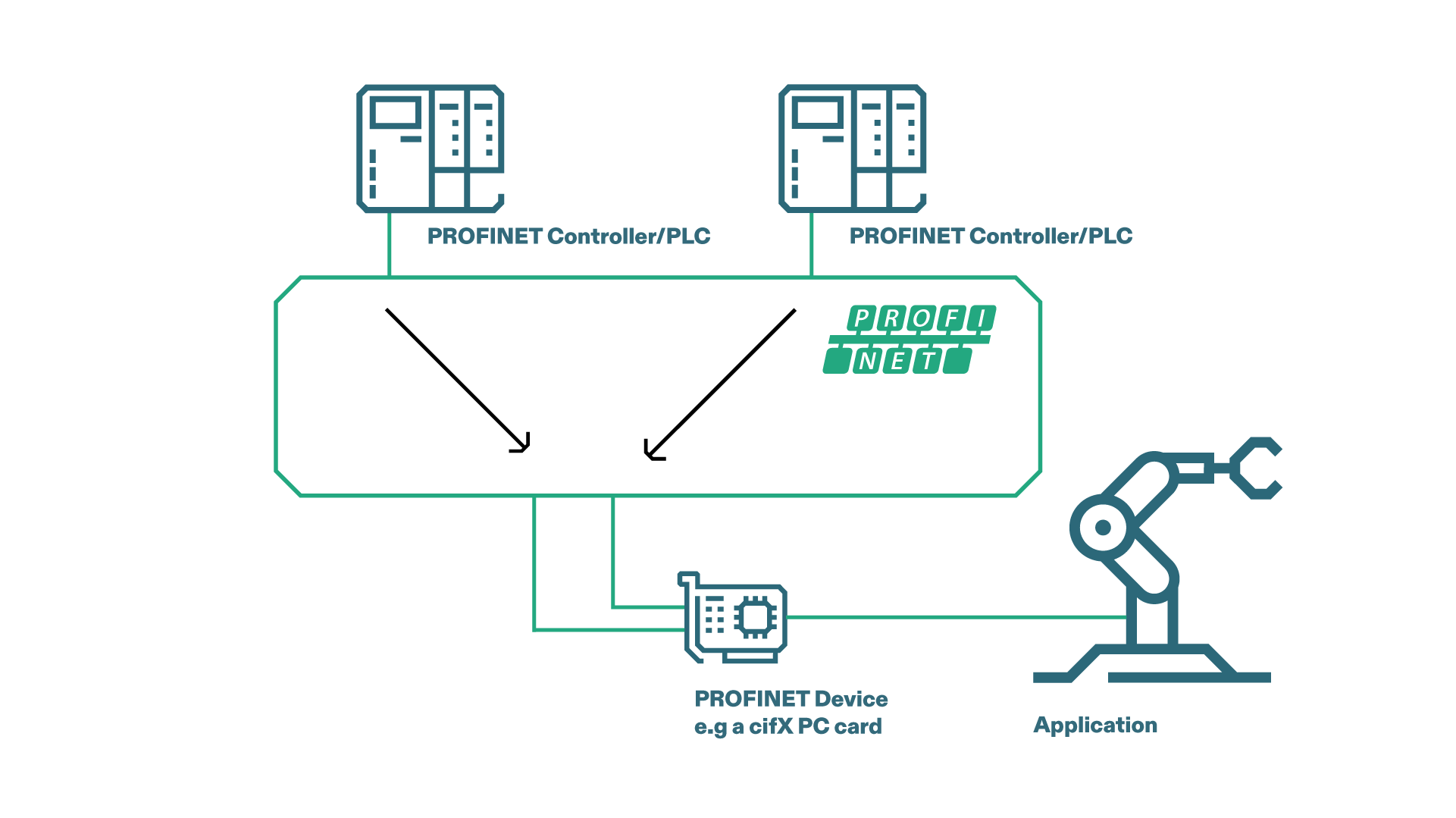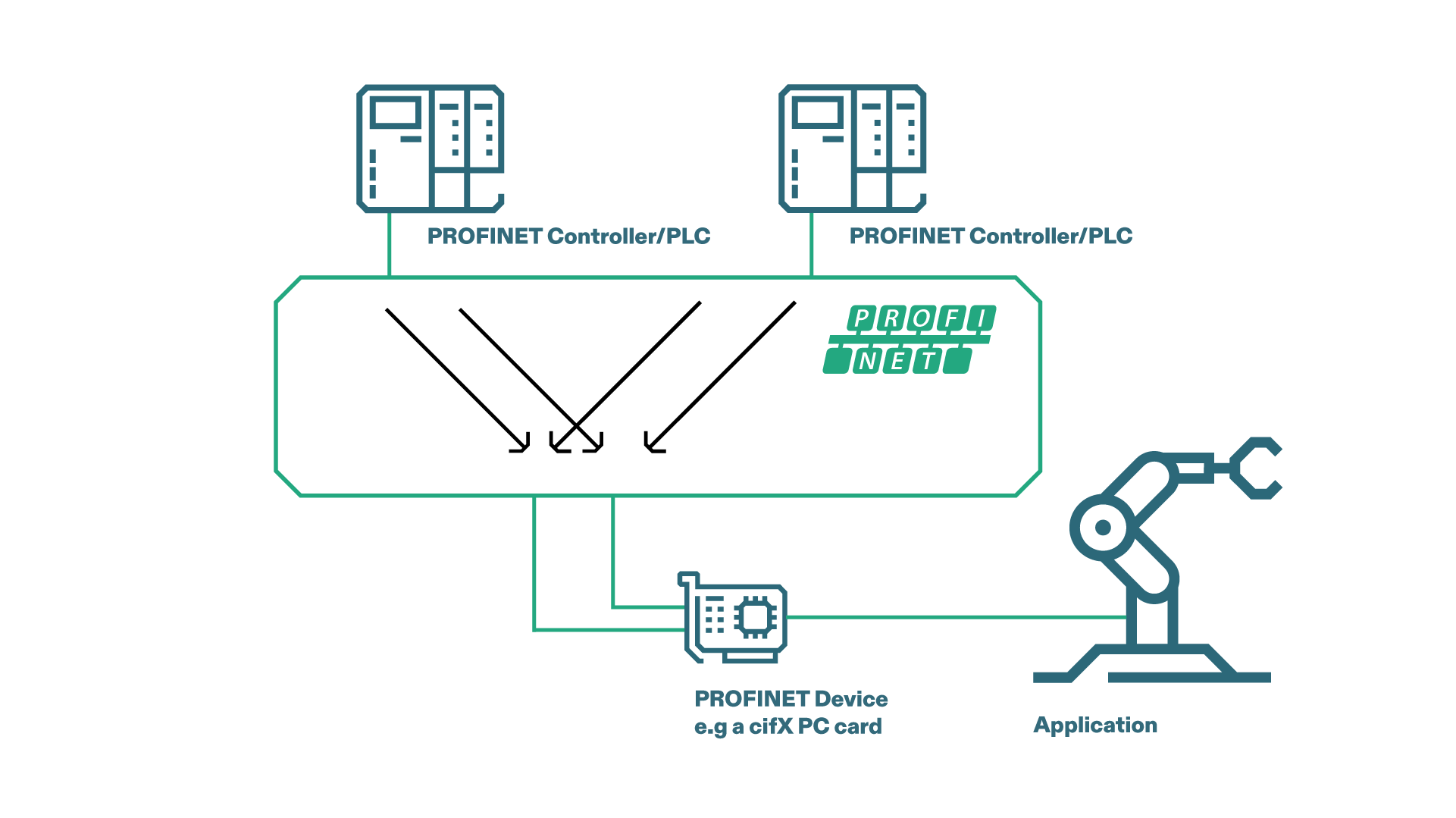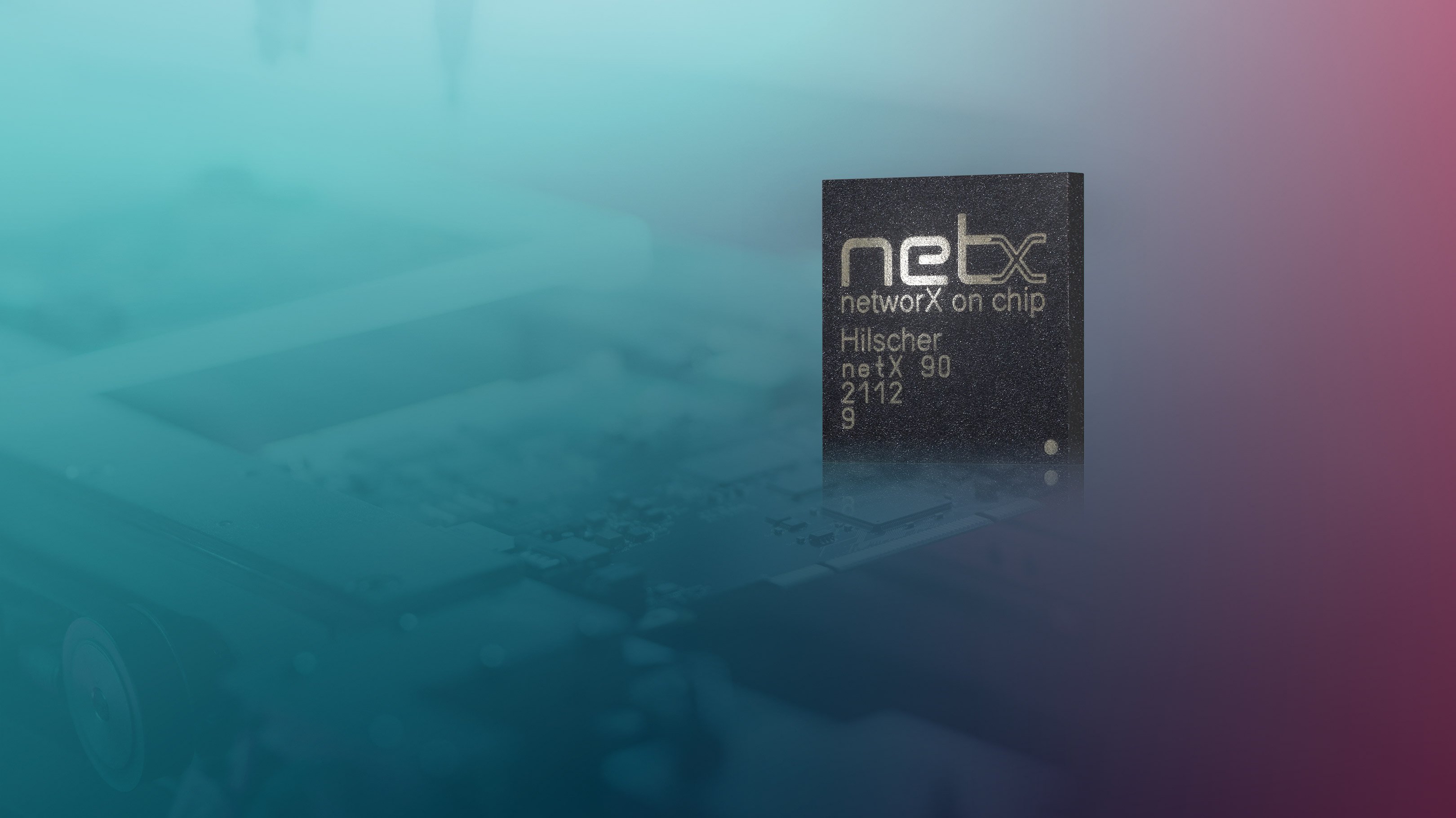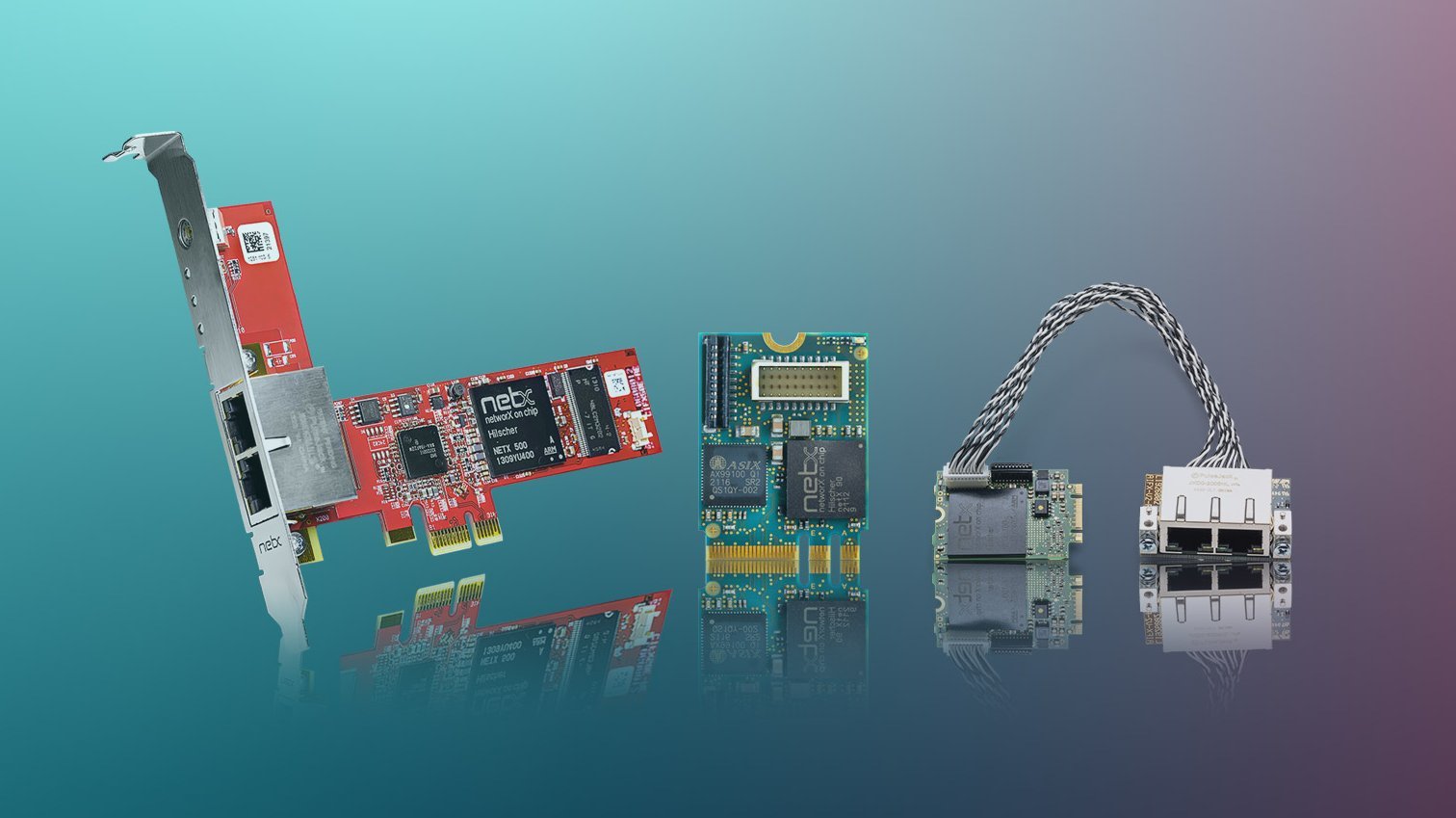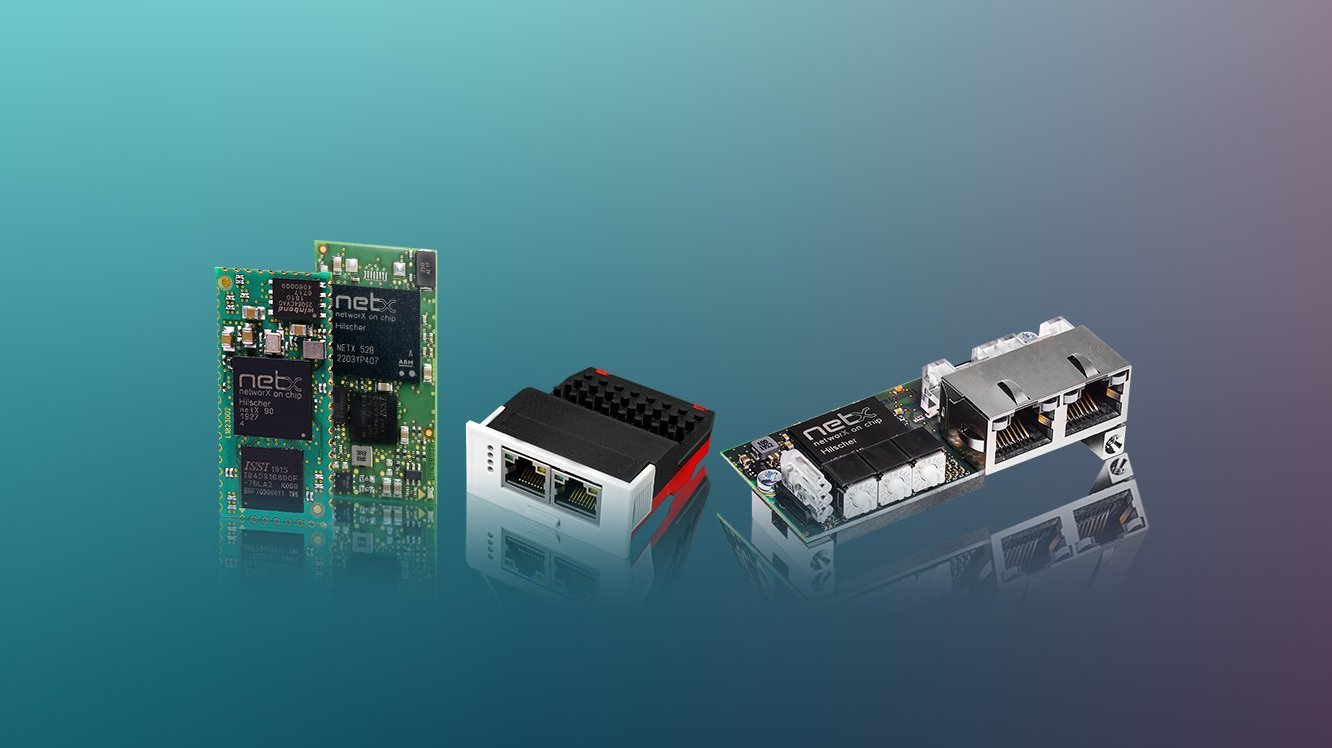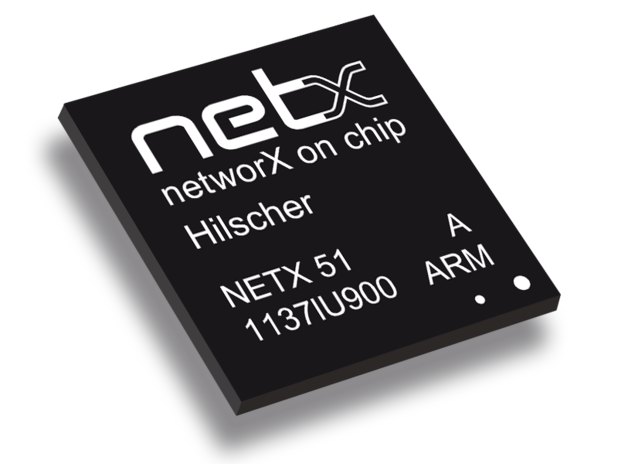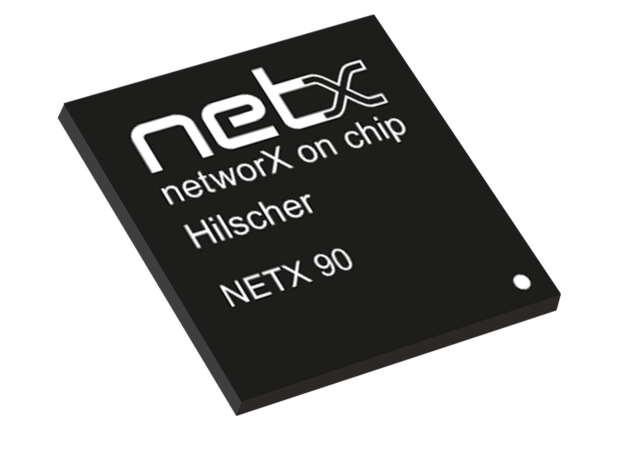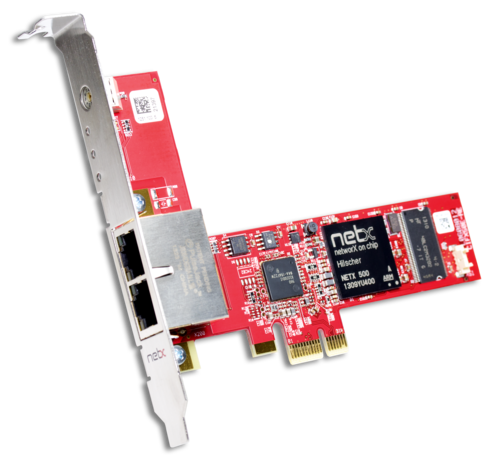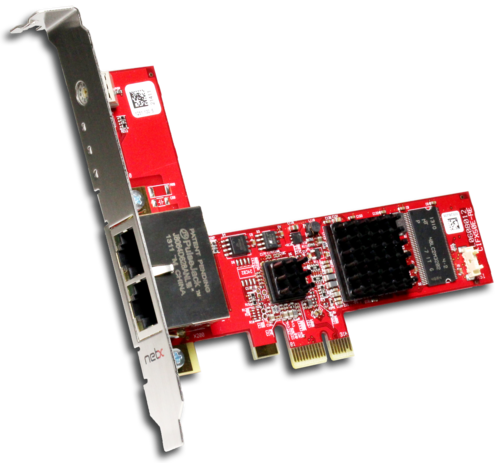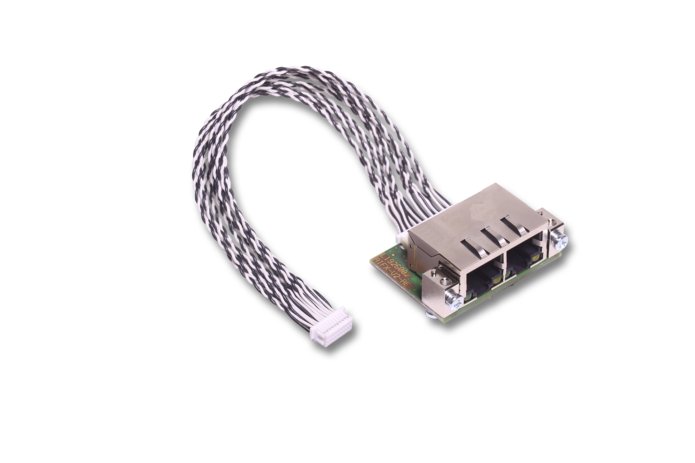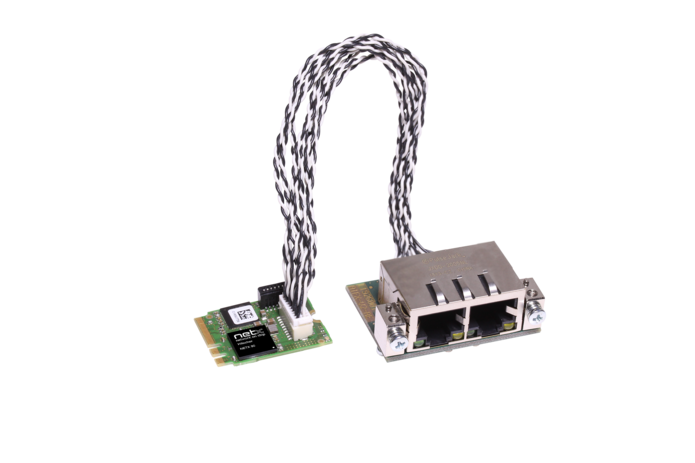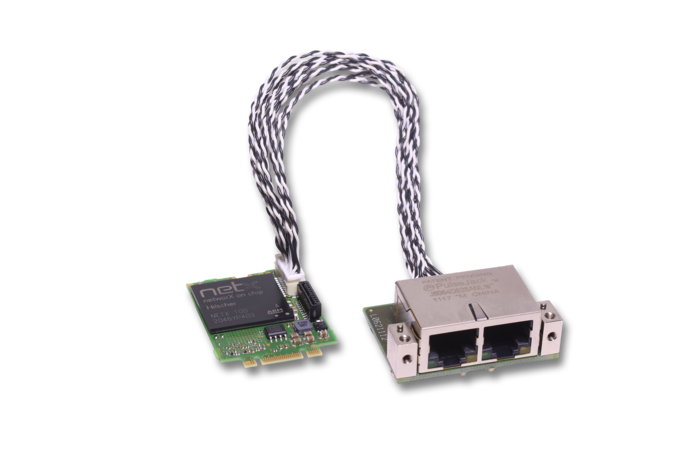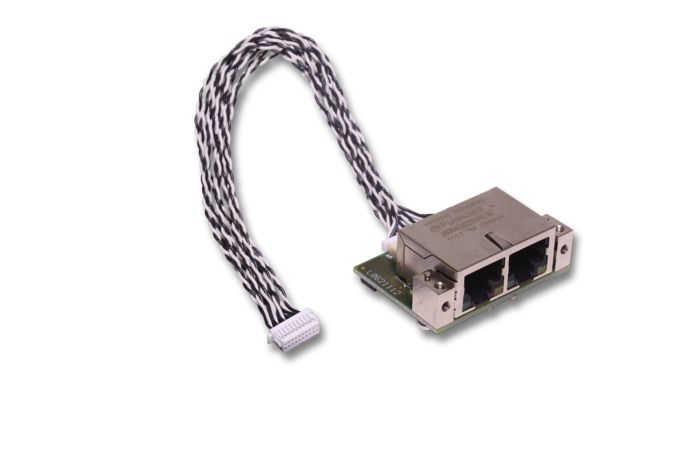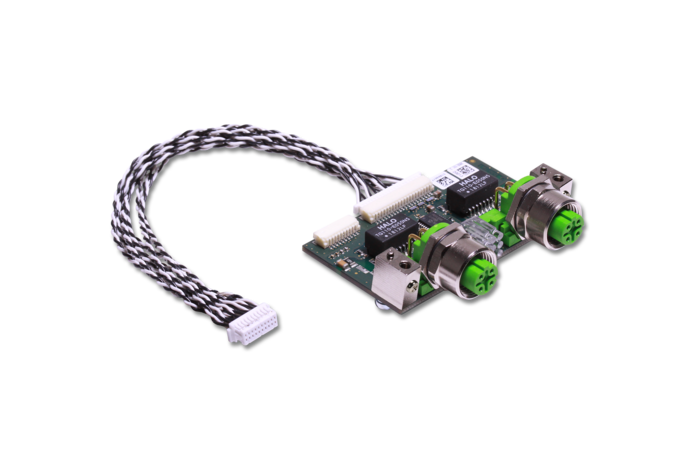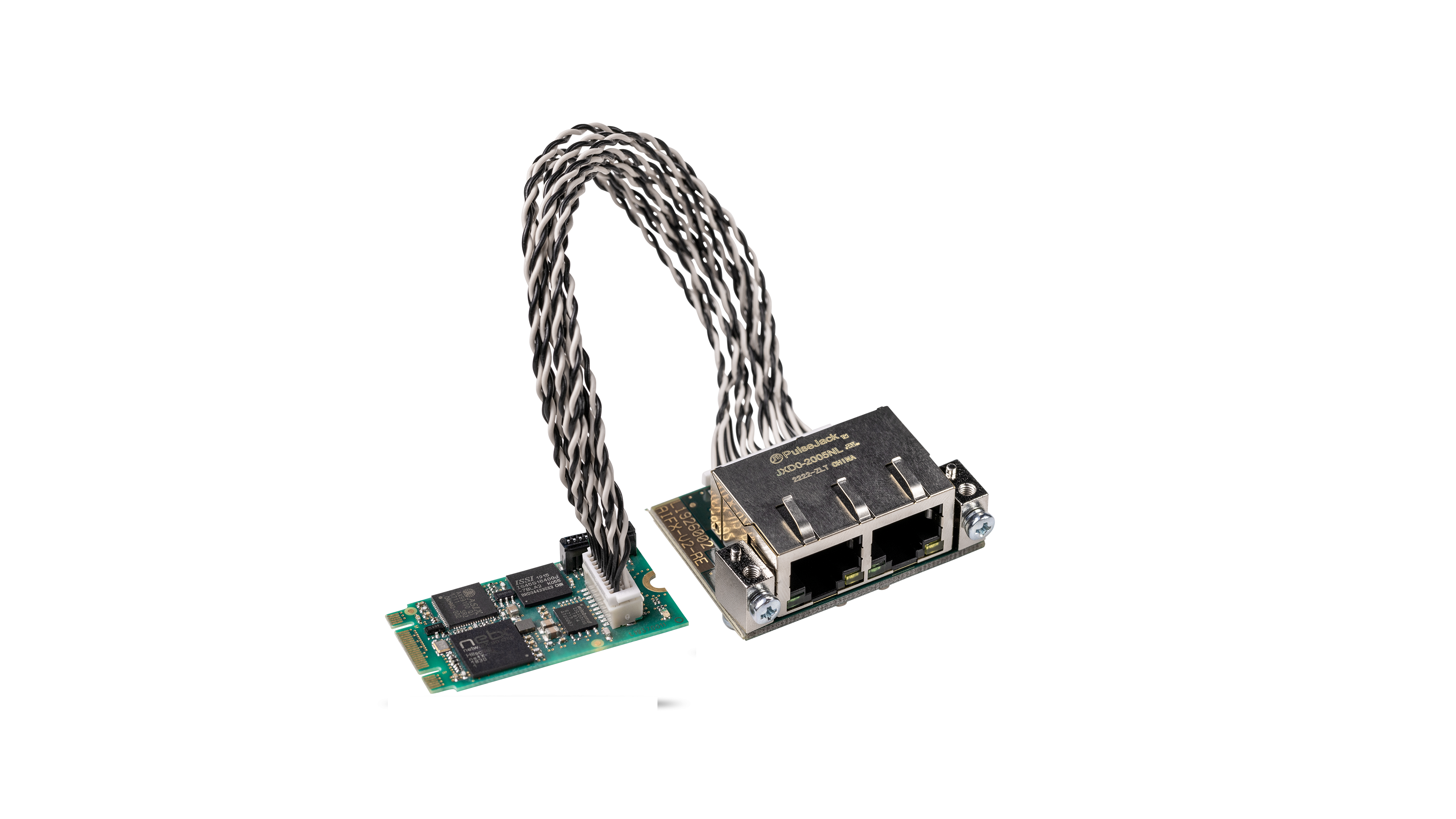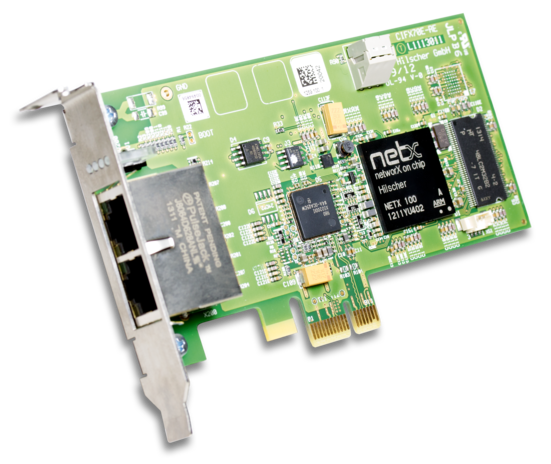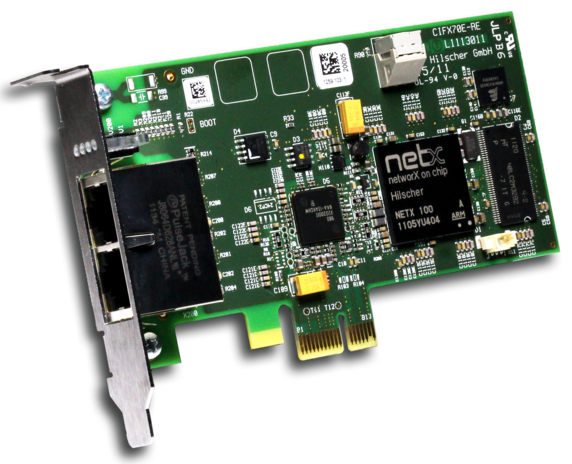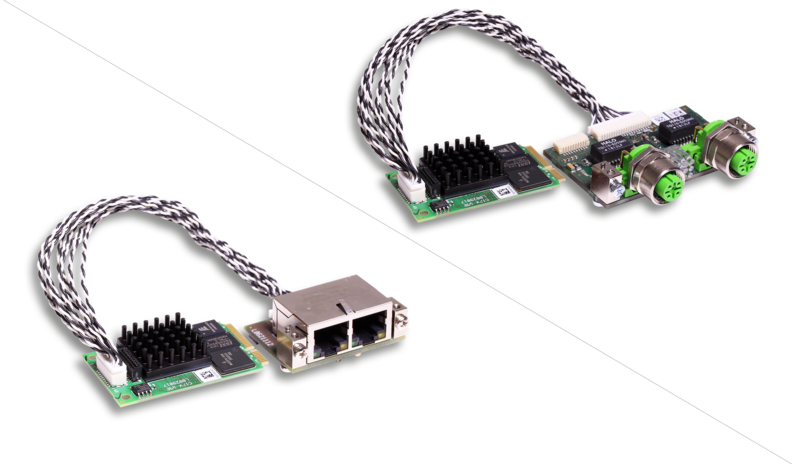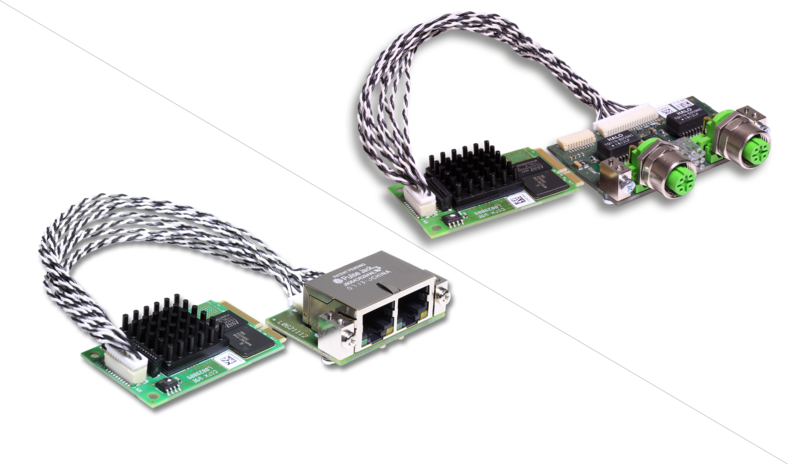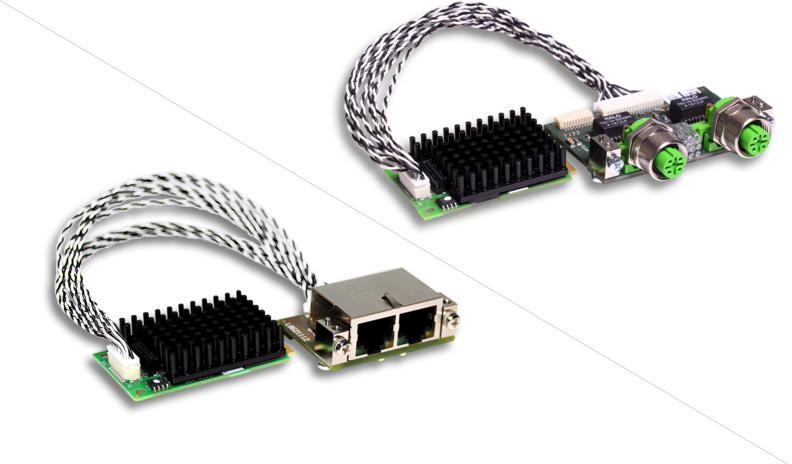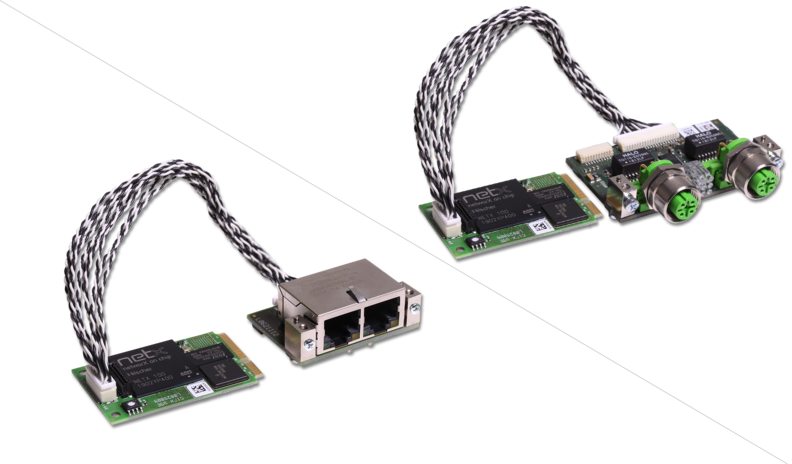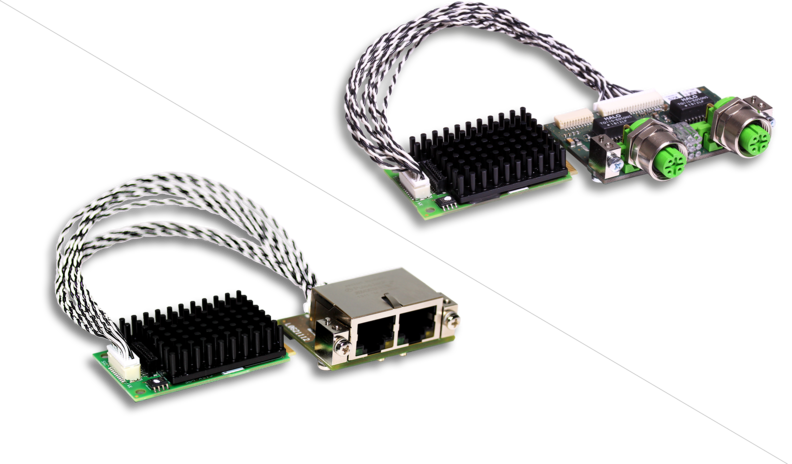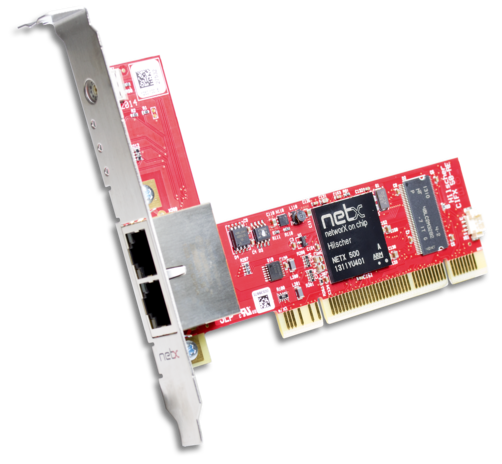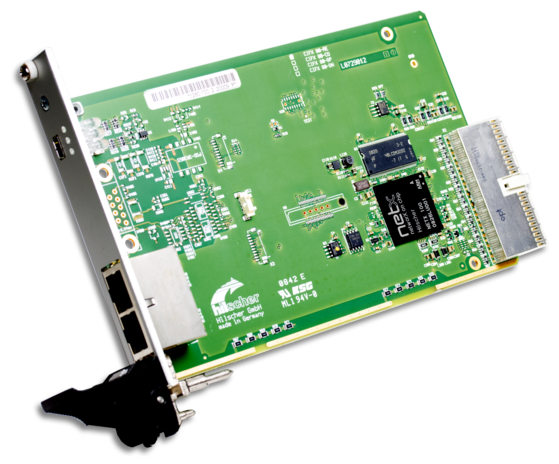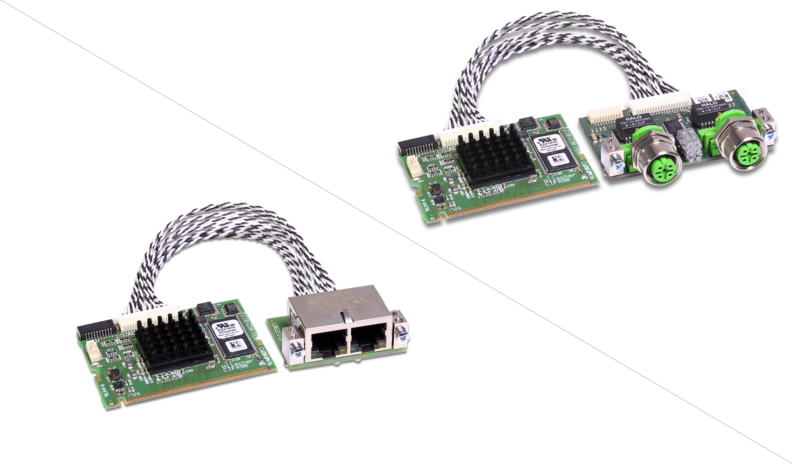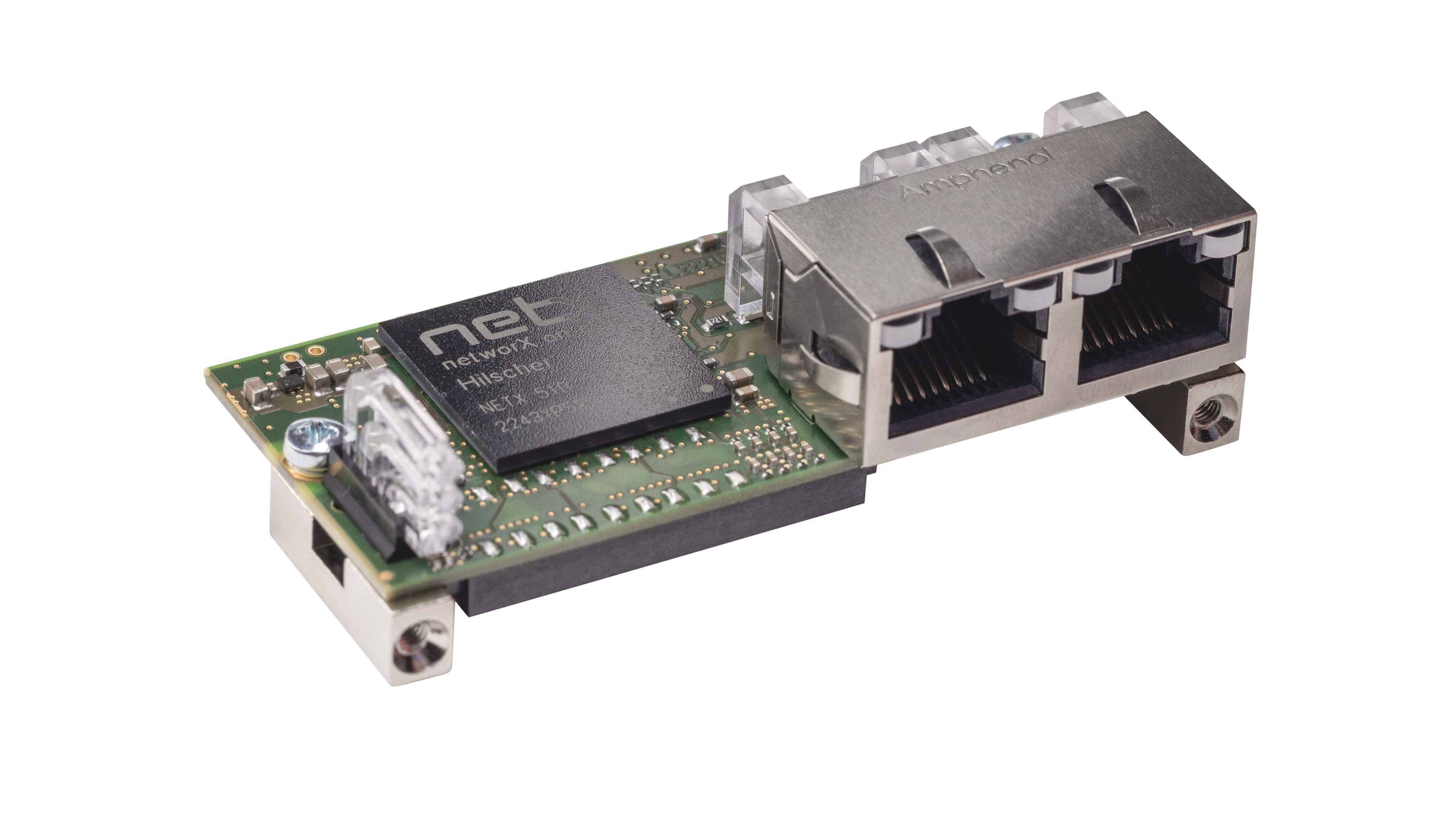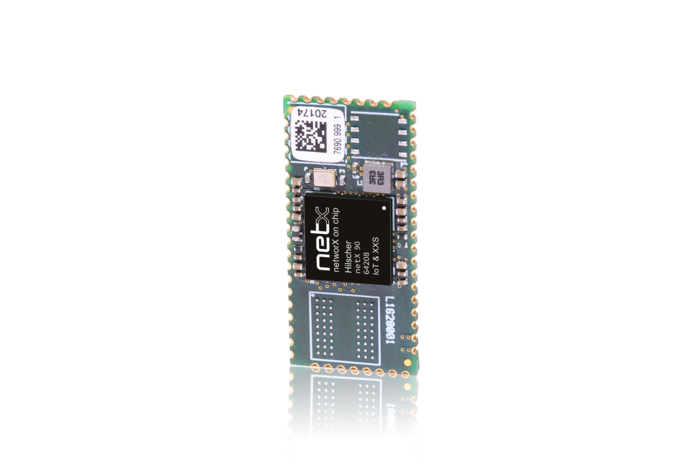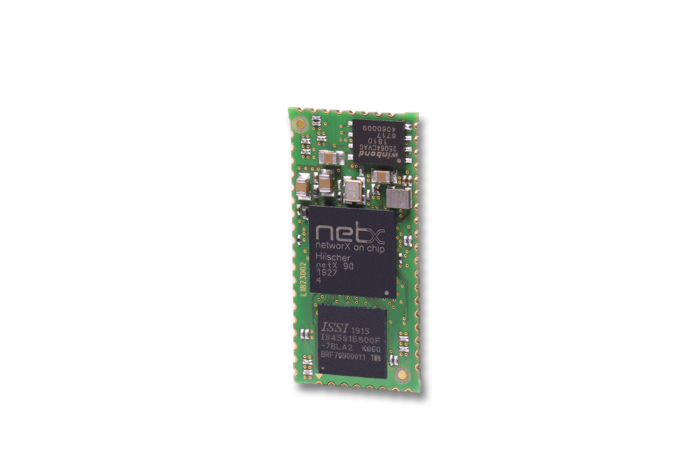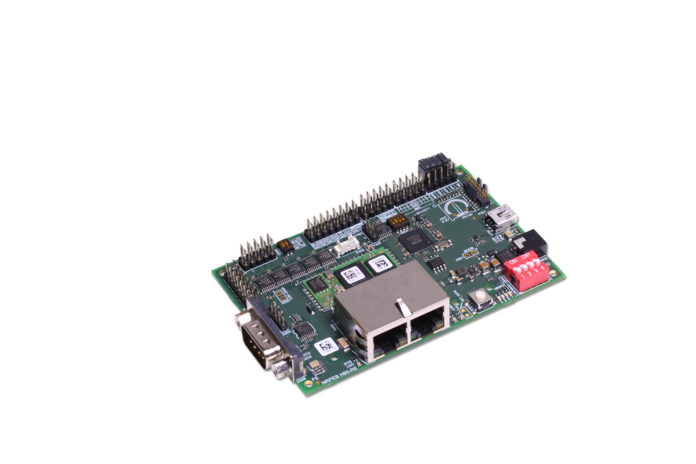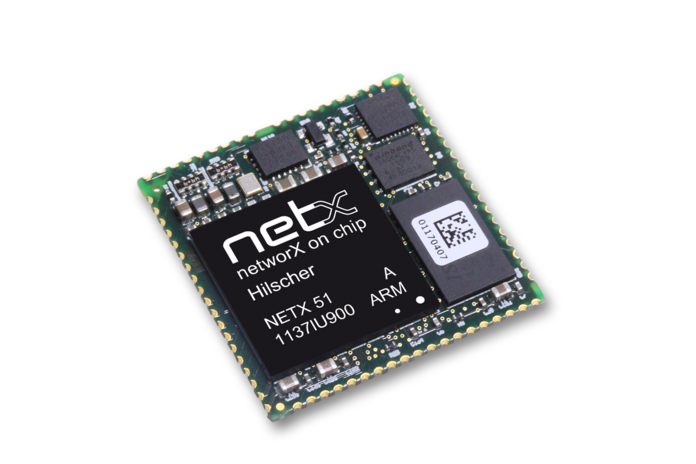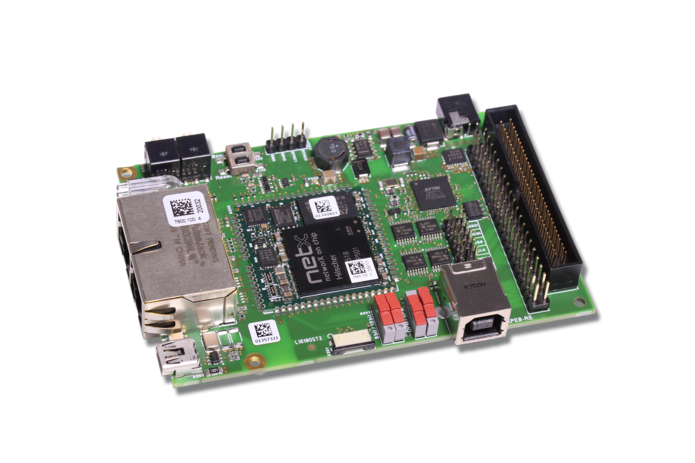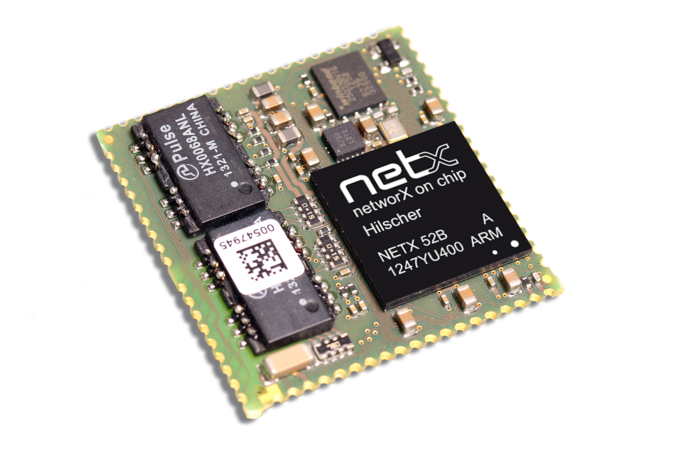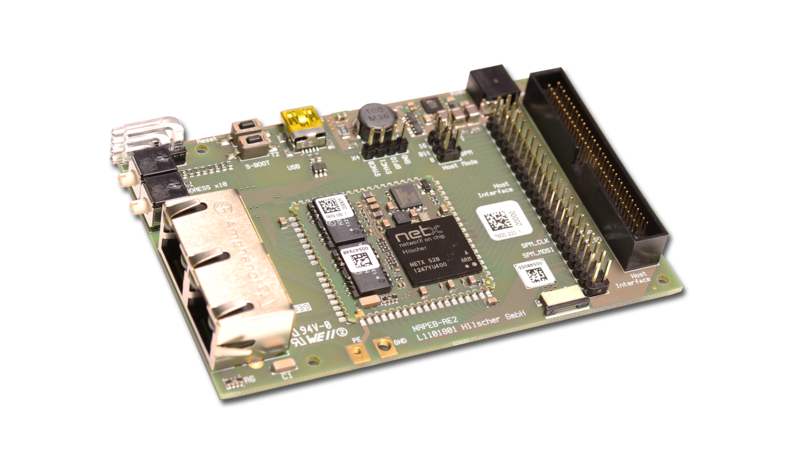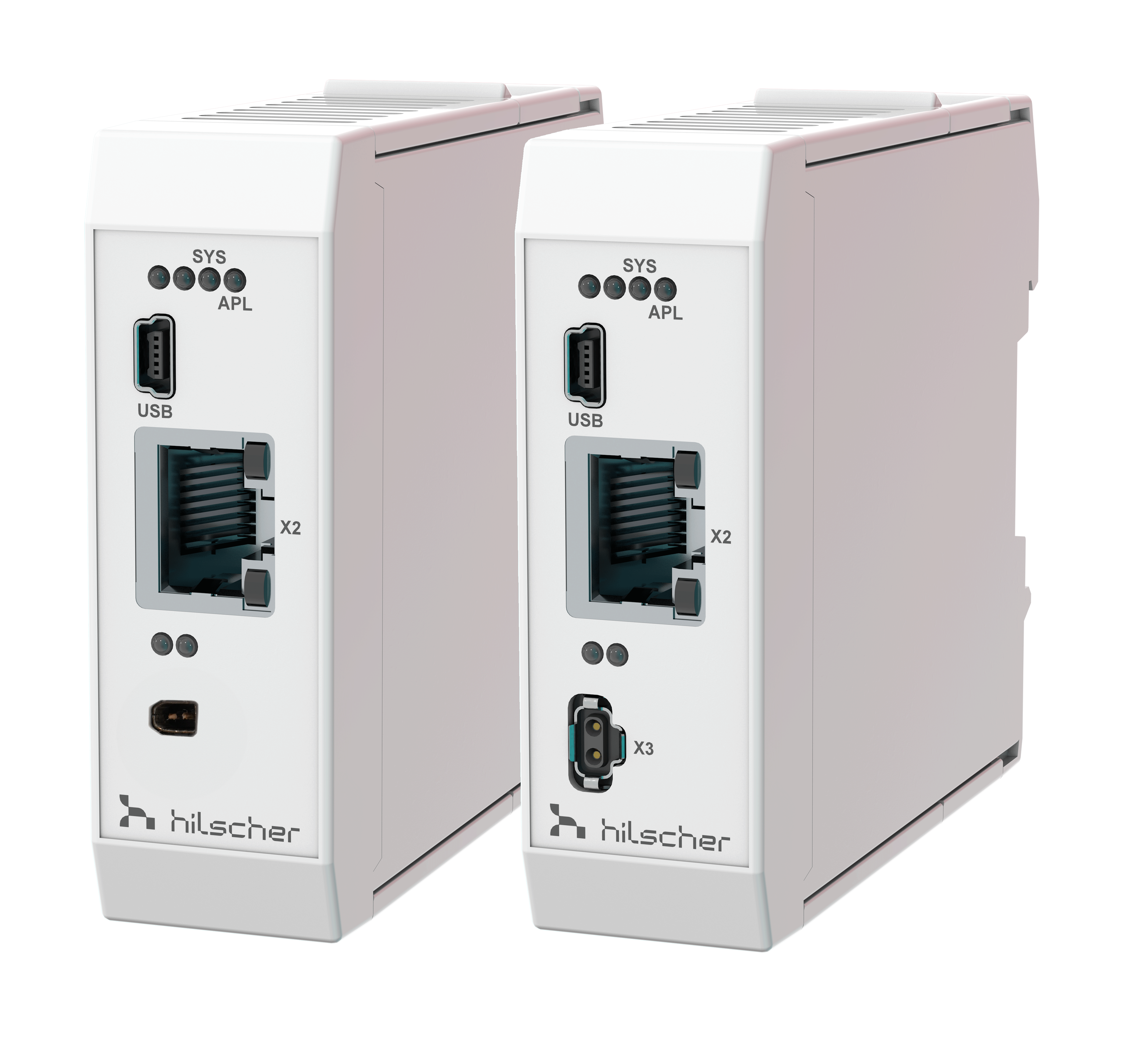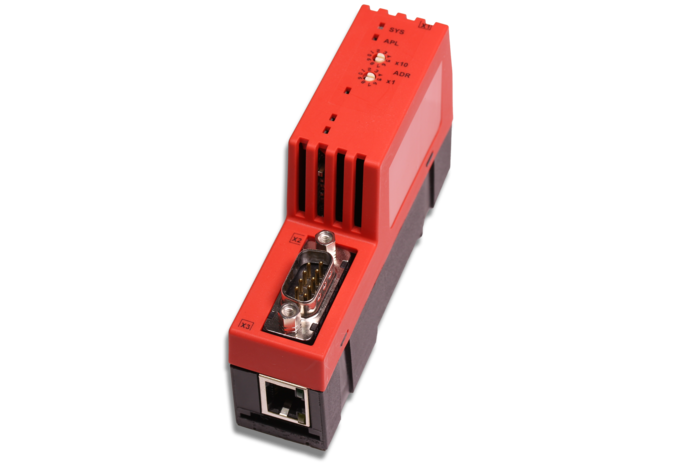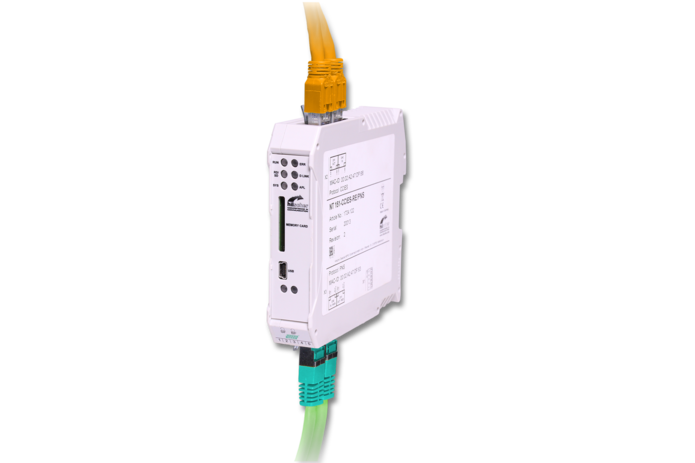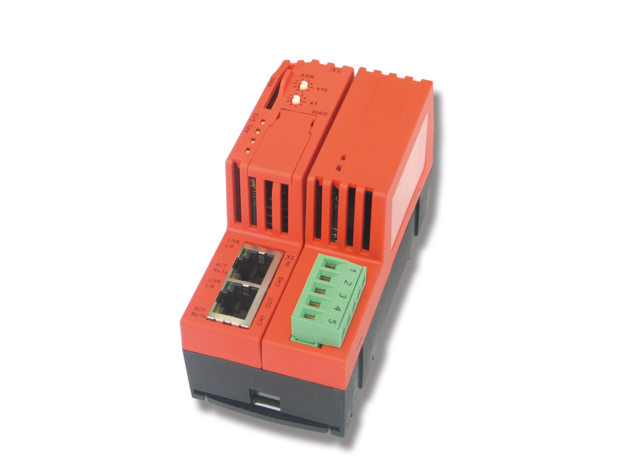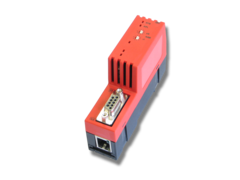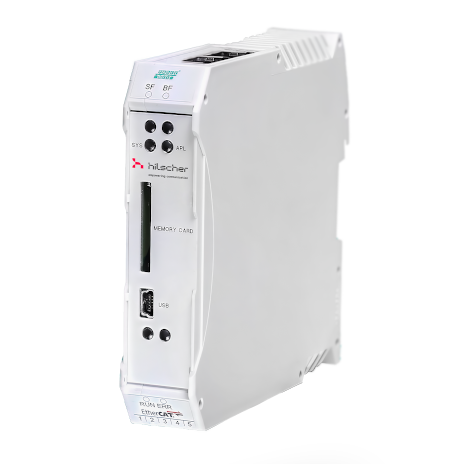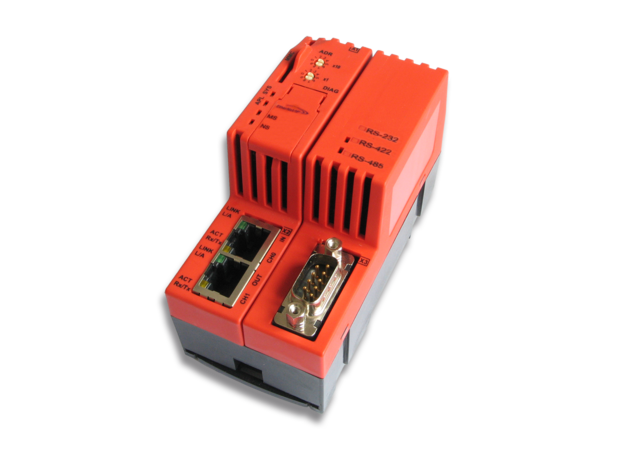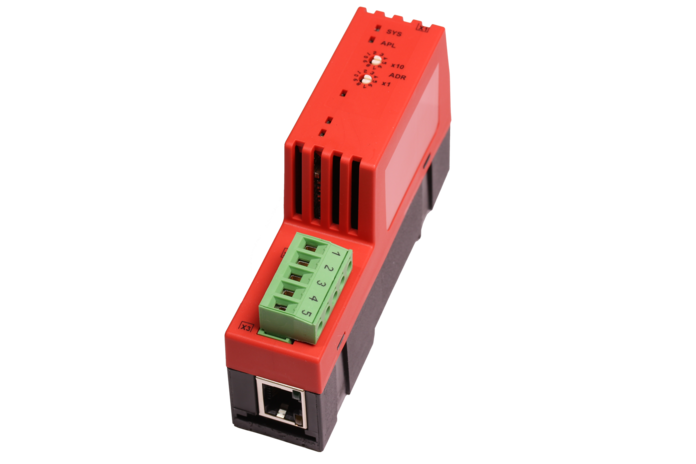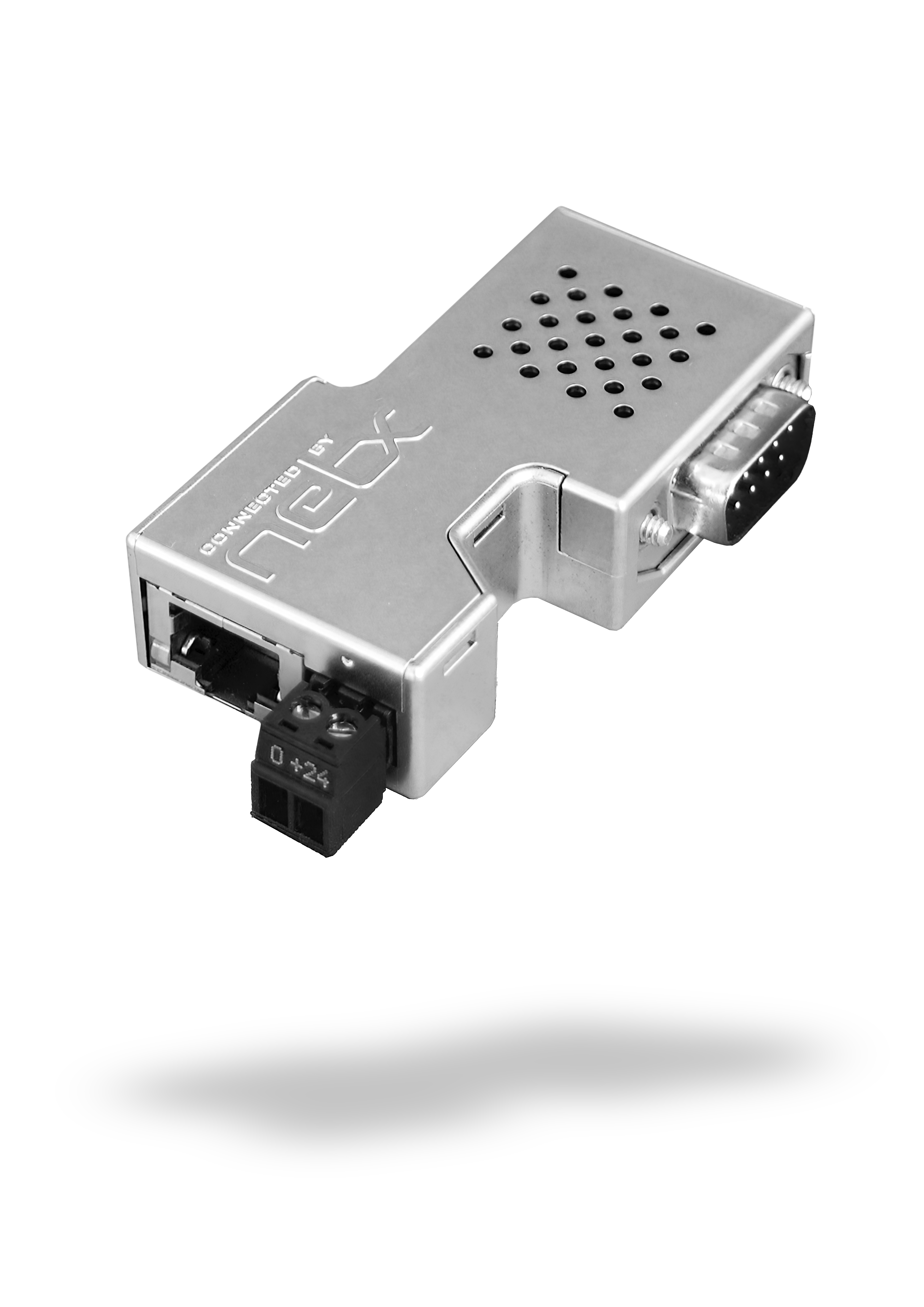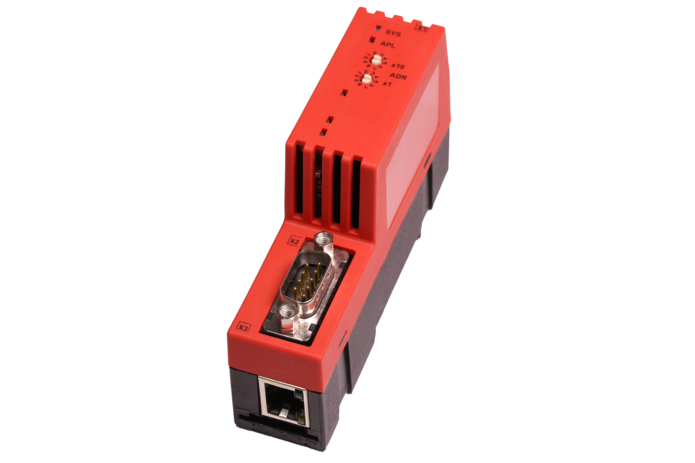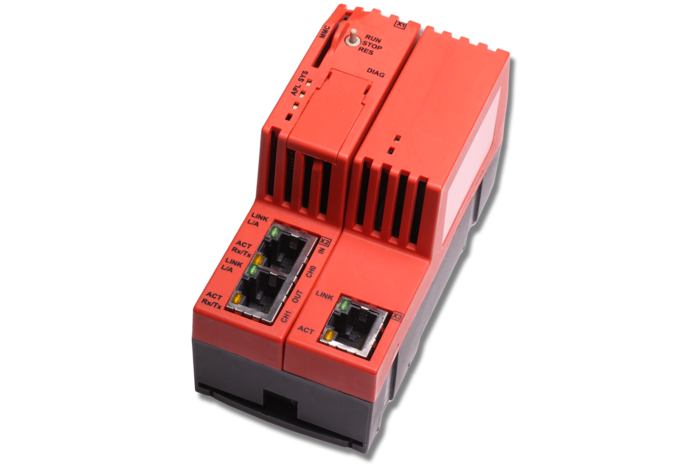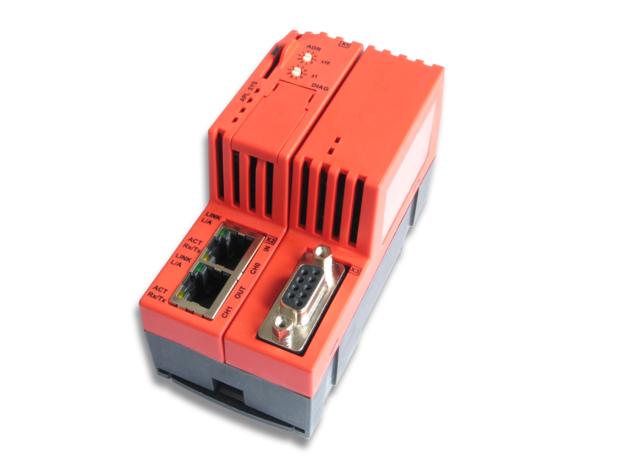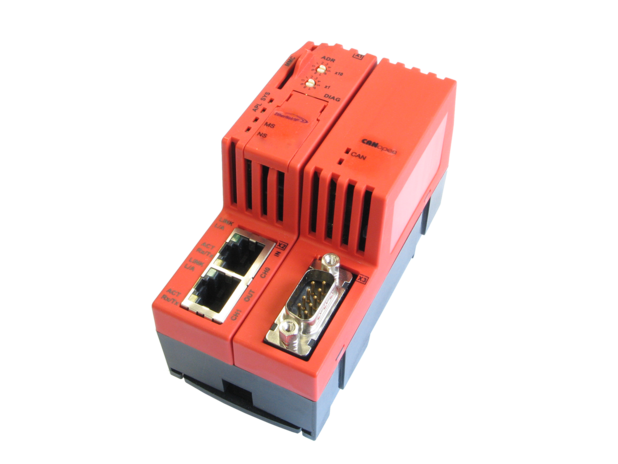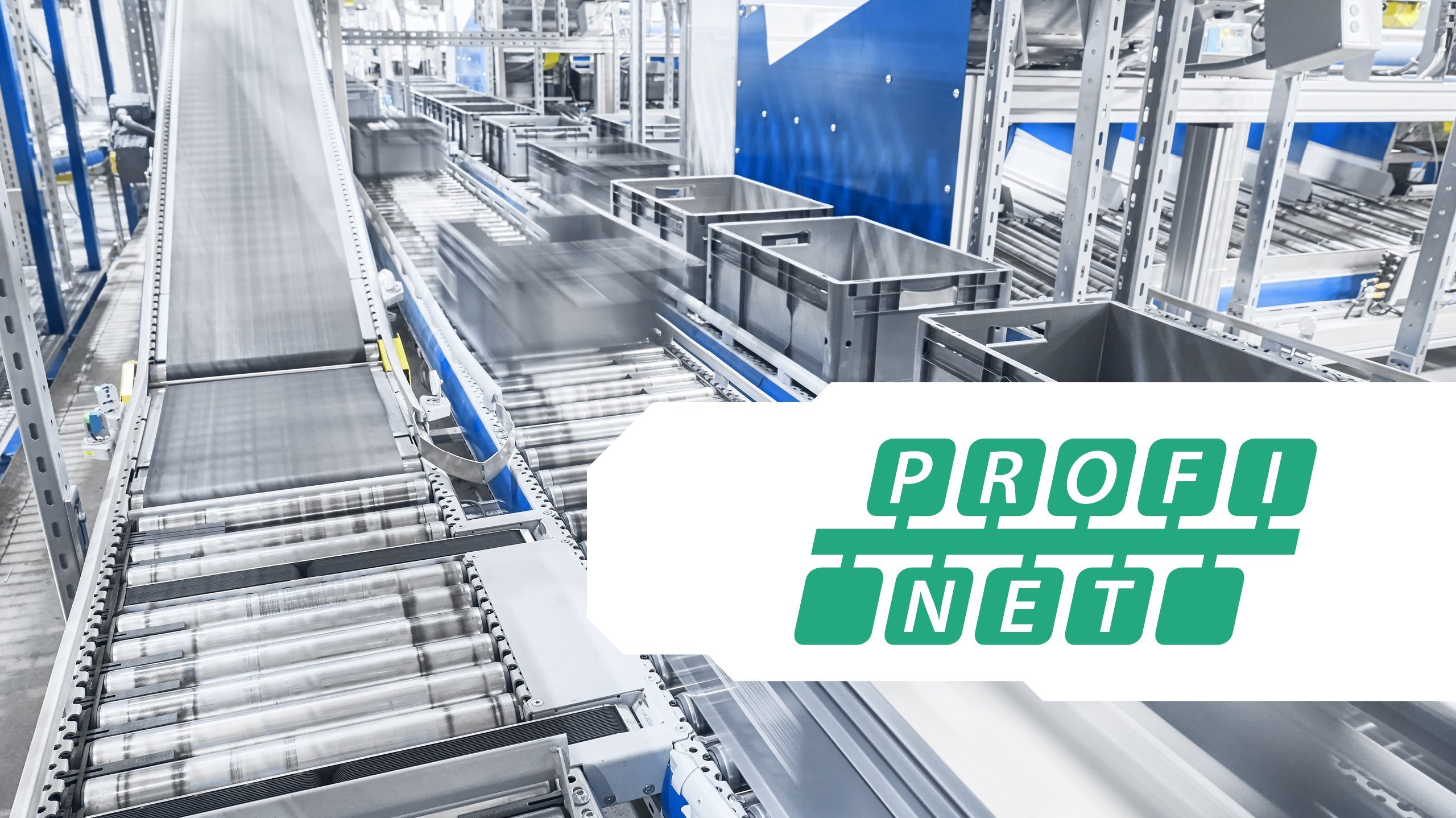Reliable and highly available automation systems: PROFINET S2 system redundancy with Hilscher
Depending on the industry sector and specific application, industrial networks place very different demands on the reliability and availability of automation systems. The higher these requirements are, the more the keyword redundancy plays a decisive role: in other words, the additional availability of functionally identical or comparable resources that enable a technical system to continue to function without disruption if individual system components fail.
In the following blog post, you will learn everything you need to know about common redundancy mechanisms, S2 system redundancy in particular and how Hilscher can support you in implementing them in PROFINET networks.
Which redundancy mechanisms does PROFINET offer?
S1 redundancy:
PROFINET S1 does not actually describe a special redundancy configuration, but rather the conventional PROFINET standard. This means that one IO device has a PROFINET interface that can establish a communication relationship with one controller.
S2 redundancy:
With S2 redundancy, an IO device also has exactly one PROFINET interface, which can however establish up to two communication relationships with two redundant IO controllers. Data is usually exchanged via the primary connection. However, if this connection is faulty, data is exchanged via the backup controller.
R1 redundancy:
In this configuration, an IO device has two PROFINET interfaces, each of which is connected to a controller. If the primary connection fails, the same interface does not switch to the second controller, but the IO device switches to the second interface.
R2 redundancy:
R2 system redundancy combines the approaches of S2 and R1. The IO device therefore has two PROFINET interfaces, each of which has two communication relationships to redundant controllers. Depending on the type of system error, the connection is always restored via the fastest possible communication relationship.
S2 system redundancy describes a redundancy at the control level in which two redundant controllers are used to ensure the continuous operation of a system. If one of the controllers fails, the second controller automatically takes over control without any downtime. This is particularly important in industrial applications where smooth and uninterrupted operation is critical. These include:
- Critical process automation: Industries such as oil and gas, chemicals and pharmaceuticals require high reliability and availability. PROFINET S2 redundancy ensures that in the event of a controller failure, the backup controller can take over immediately. This guarantees the continuity of critical processes without interruptions.
- Production with high availability requirements: In the high-performance production facilities used in automotive manufacturing or semiconductor manufacturing, for example, any unplanned downtime can lead to significant losses. S2 redundancy helps to maintain a smooth production flow by seamlessly changing the controller in the event of a fault.
- Utilities and energy sector: Power plants, water treatment plants and other utility services rely on continuous operation. S2 system redundancy ensures that even if a control unit fails, operations can continue without noticeable interruption.
Compared to the R redundancies, which enable completely separate network segments, a redundant system can be achieved using S2 system redundancy with relatively straightforward means. In this case, a device only requires one network interface, i.e. just one communication controller. This makes it possible to connect a compact field device to a high-availability system without additional hardware. This type of redundancy is already sufficient for most application scenarios in factory automation and even applies to large parts of process automation. S2 redundancy can therefore be described as the efficient all-rounder among redundancy mechanisms.
Hilscher offers a netX PROFINET firmware for device applications that require PROFINET S2 system redundancy. This means that devices that use the netX 51, netX 90 and netX 100 communication controllers and products based on them (e.g. PC cards from the cifX family or embedded modules such as netJACK or comX) as network interfaces can be integrated into redundant systems with minimal effort.
In relation to the low investment, companies benefit in many ways from upgrading their standard devices to redundant counterparts. The advantages include
- Increased system availability: Redundancy minimizes downtime as the system automatically switches to the secondary controller if one controller fails.
- Reduced maintenance costs: As the systems are still operational, maintenance work can be carried out without haste, reducing the cost and effort of emergency maintenance.
- Fast recovery from faults: The automatic switchover to the secondary controller enables fast recovery from faults, which increases productivity and reduces downtime.
- Increased safety and reliability: The use of system redundancy minimizes the risk of a complete system failure, which is particularly important in safety-critical applications.
- Flexible adaptation to network requirements: S2 redundancy allows networks to be flexibly adapted to specific requirements and environments, providing a customized solution for various industrial applications.
By using PROFINET S2 system redundancy, companies can therefore significantly improve the availability and reliability of their production systems, leading to an increase in efficiency and a reduction in downtime costs.
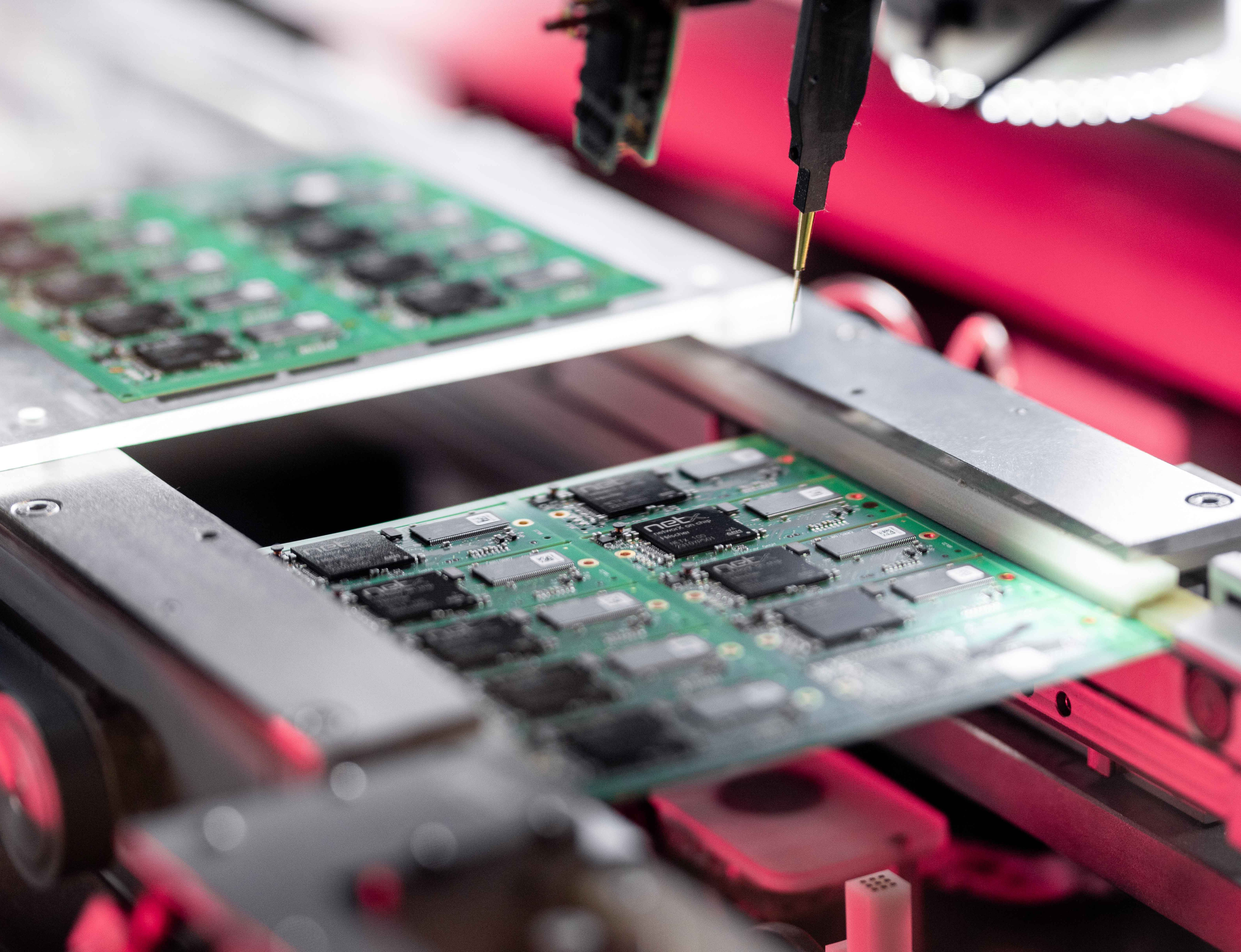
Dai prodotti chiavi in mano alle soluzioni altamente integrate e al software complementare, Hilscher è il vostro partner per la comunicazione industriale. Qui trovate una panoramica su come possiamo aiutarvi a portare il networking delle vostre macchine a un livello completamente nuovo!
PROFINET IRT not only requires short cycle times, but also deterministic behavior. Industrial networks must therefore meet certain requirements. Find out more about PROFINET IRT with netX from Hilscher here!

